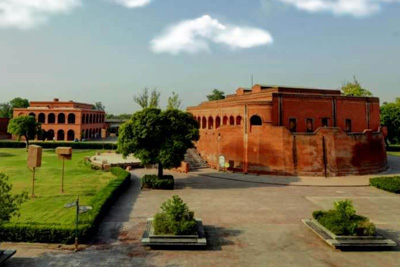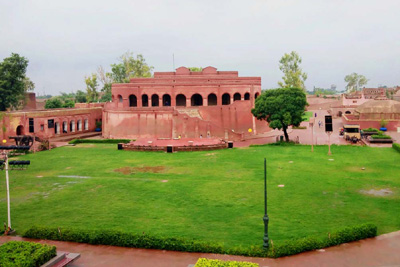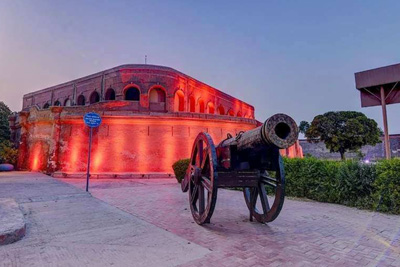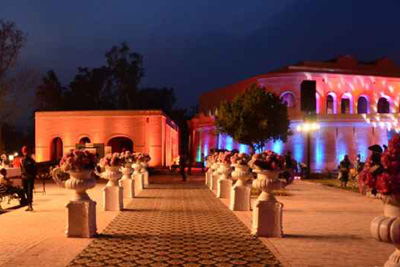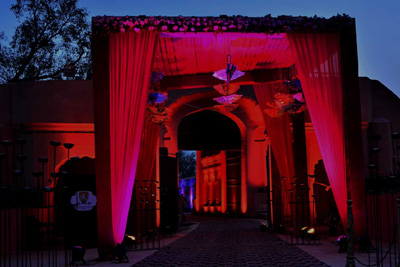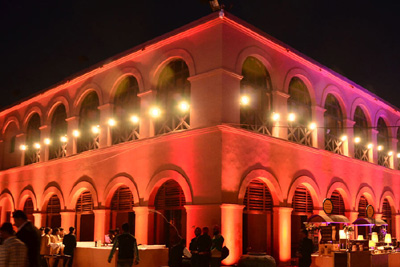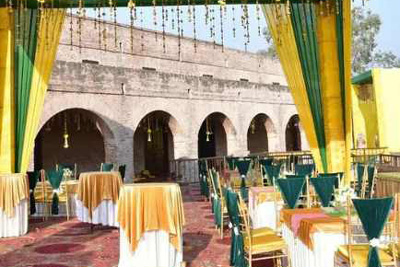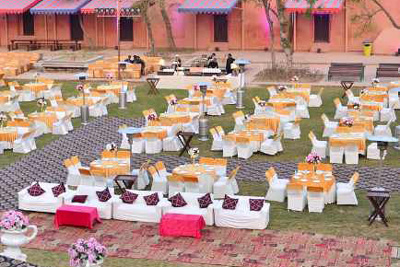Gobindgarh Fort
Amritsar, Punjab
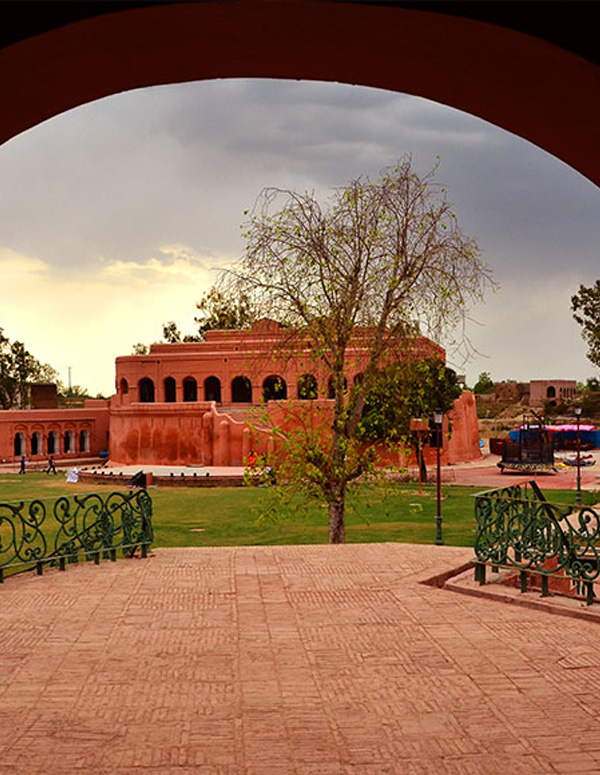
Gobindgarh Fort – the very symbol of Punjab. A character of the times when Punjab was forged. Spread across a grand 43 acres, right in the heart of Amritsar city, this magnificent heritage site has a glorious history of its own. It spans 261 years, right from the era of the Bhangi Misl to Maharaja Ranjit Singh to the British East India Company to the Indian Army. Now finally, it opens its gates to the people of Punjab.
Despite being under restoration, the Gobindgarh Fort has gained popularity in such a short time and has become one of the best tourist places in Punjab. Due to
its importance in Amritsar’s history. Many visitors have already declared it one of India's best places.
Discover the grand stories of the past. Discover the history of one of the best historical places in Punjab.
The Punjab region in the 18th Century was ruled by clans called Misls. In the 1760s, Gujar Singh Bhangi, a local chieftain, built this as a mud fortress and came to be known as “Bhagian da Qila”. They owned it till 1809 or for almost 49 years. However, the financial position of the misl deteriorated over time, and by 1809 a minor ruler Gurdit S. Bhangi, a descendent of Gujjar Singh, was ruling Amritsar with the help of his mother, Mai Sukhan. Mai Sukhan asked Arur Mal, a sahukar (trader) of the Bhangi township, to pay nazrana(Tribute). Not wanting to do so, Arur Mal migrated to the township of the rival Kanhiyas misl to avoid payment. At that time, Maharaja Ranjit Singh was a rising star belonging to the Sukerchakia Misl. Arur Mal conspired with Shaikh Kamaluddin, a leading citizen, and they invited Ranjit Singh to take over the Fort and the territories of Gurdit Singh. Maharaja Ranjit Singh was looking for just such an opportunity. He called Mai Sukhan to surrender a giant cannon known as the Zamzama Cannon, “Bhangian di Tope”. Maharaja Ranjit Singh claimed that he had the right to the cannon as it was the Sukerchakia Misl’s share of the spoils of the war with the Afghan king, Ahmad Shah Durrani, in 1765. Zamzama means “the Taker of Strongholds.” Mai Sukhan refused. Ranjit Singh thereupon entered the city through the Ahluwalia gate. The Bhangies could not hold up again Ranjit Singh’s colossal force..
